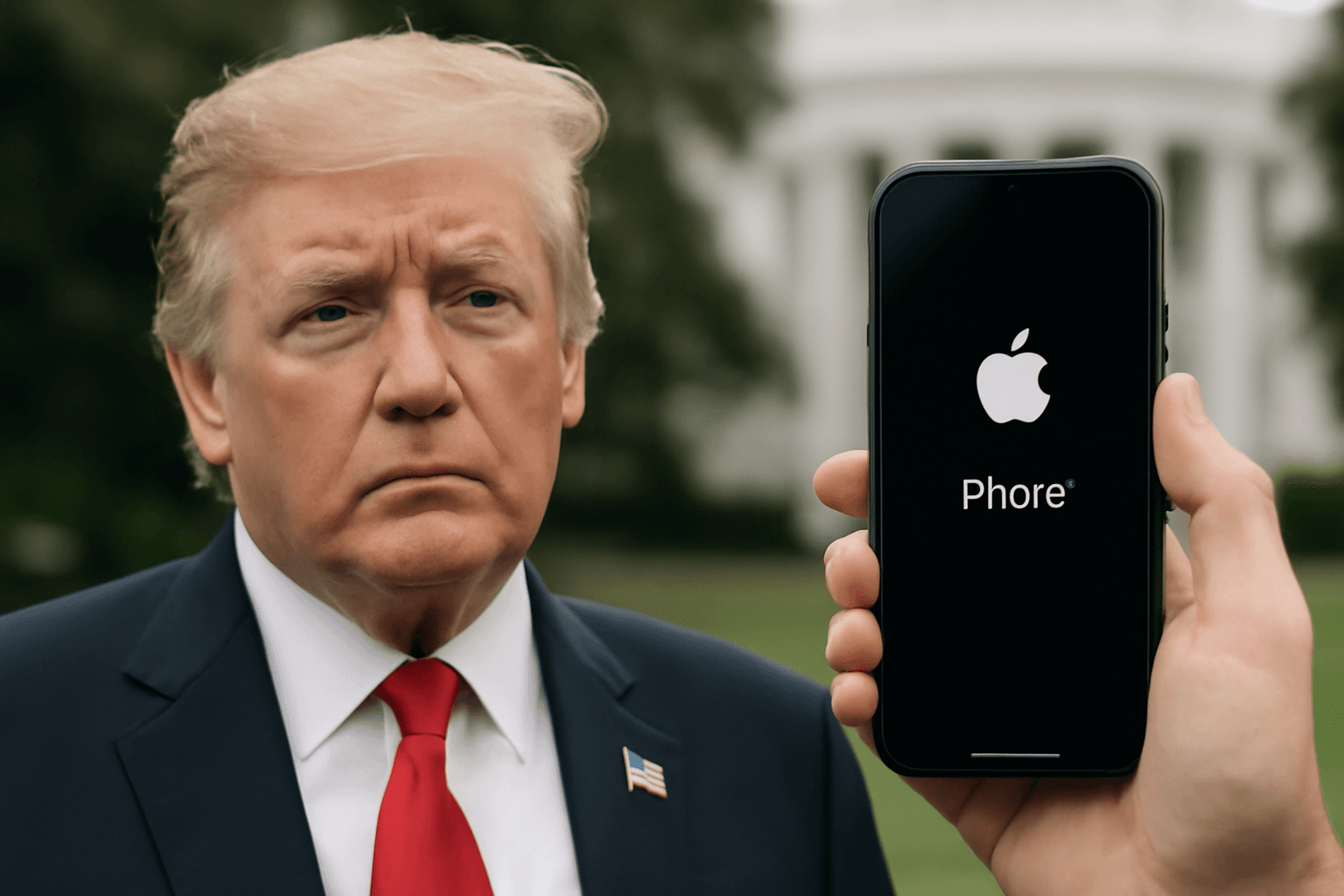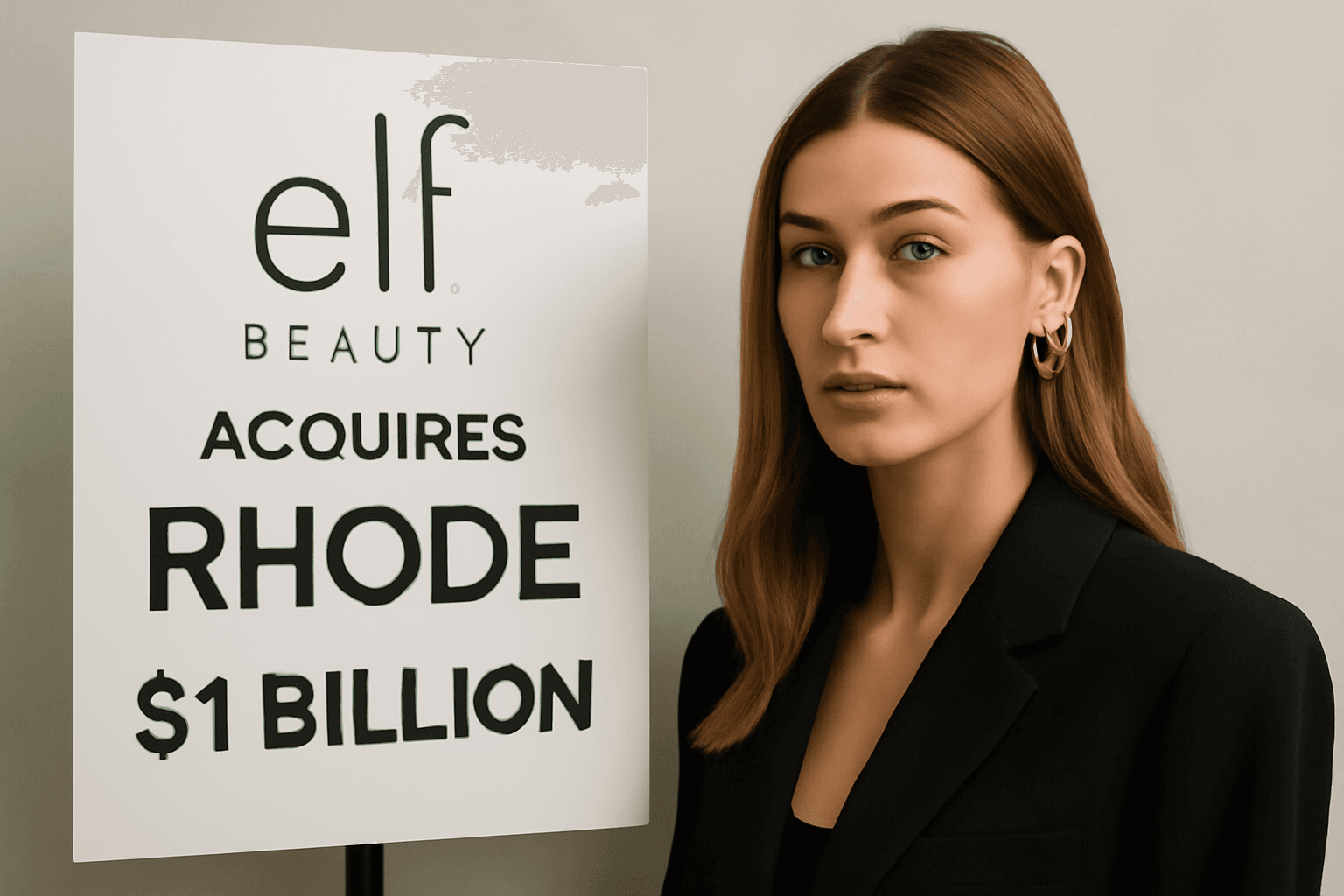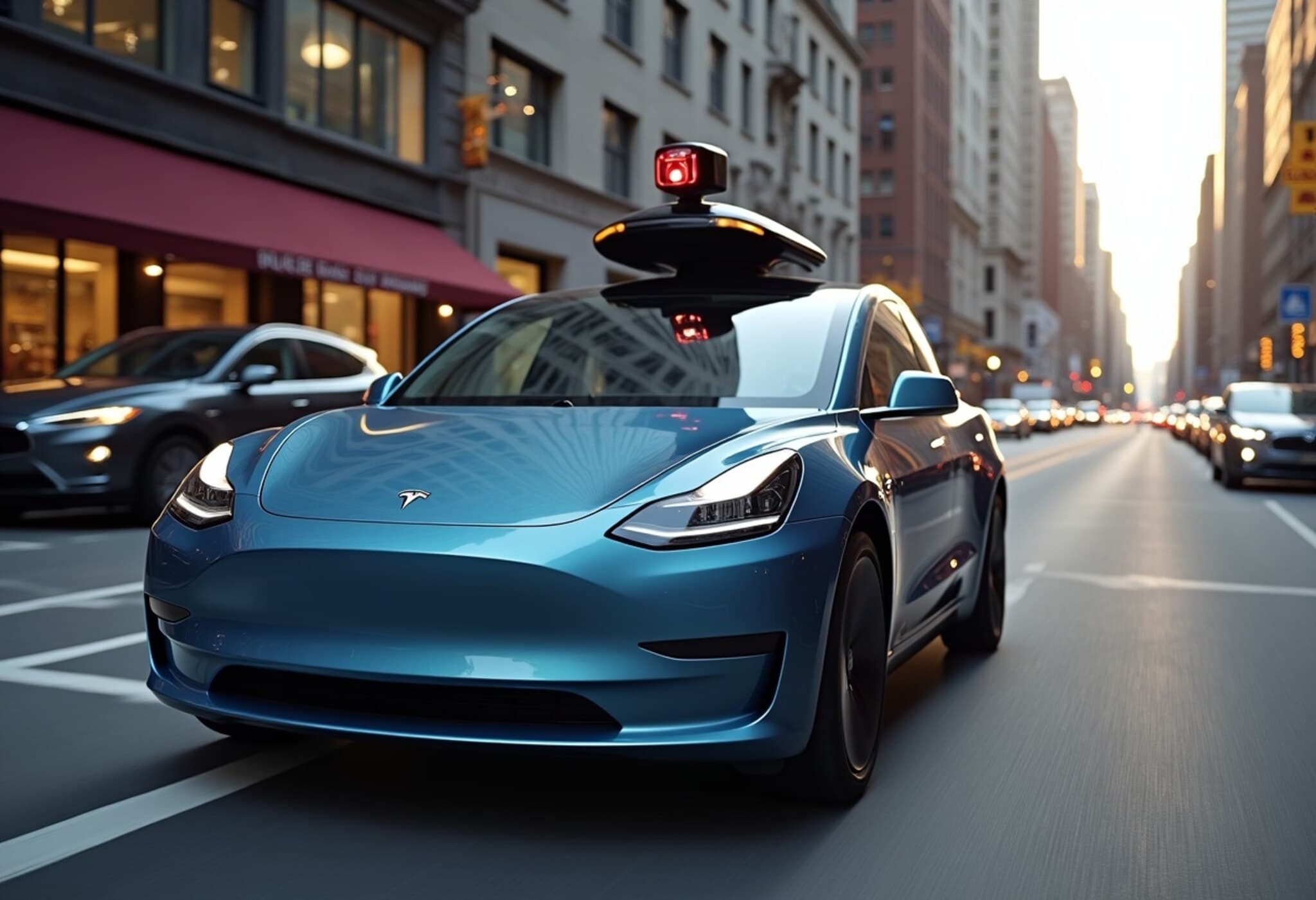How E.l.f. Beauty Secured a $1 Billion Acquisition Despite Headwinds
In recent months, E.l.f. Beauty, a brand synonymous with affordable yet high-quality cosmetics, has demonstrated resilience and strategic agility amid a turbulent market climate. Facing a 30% drop in net income in its first fiscal quarter after the introduction of tariffs on imports from China—where the company sources nearly 75% of its products—E.l.f.'s shares experienced an 11% tumble. However, CEO Tarang Amin emphasizes a broader narrative of sustained growth and forward momentum.
Steadfast Growth Despite Market Obstacles
Reflecting on the company’s trajectory, Amin highlighted E.l.f.'s remarkable 26 consecutive quarters of net sales growth, underscoring a track record that defies fleeting market jitters. “We’ve been able to prove people wrong for 26 straight quarters,” Amin remarked confidently, signaling the brand’s deep-rooted strength and customer loyalty. His conviction is grounded not merely in past success but in expansive efforts: international growth, retail presence enlargement, and crucially, the bold acquisition of Hailey Bieber’s skincare brand, Rhode.
The Rhode Acquisition: A Strategic Leap
The $1 billion purchase of Rhode, a rapidly ascending skincare line that pulled in $212 million in net sales within three years, marks a pivotal expansion for E.l.f. This deal not only diversifies E.l.f.’s portfolio but also provides a coveted gateway into Sephora stores across the U.S. starting this fall, elevating Rhode’s accessibility and brand prestige.
While the acquisition is funded significantly by $600 million in debt—an aggressive financial move—industry analysts maintain a cautiously optimistic outlook. Jon Tenan, Managing Director at Baird, notes that such bold, “scrappy” strategies often pay off handsomely, viewing the Rhode deal as potentially accretive to E.l.f.’s earnings in the near term.
Capitalizing on Social Media and Emerging Consumer Trends
E.l.f.’s ascent is closely tied to its savvy engagement with younger demographics—specifically Gen Z, Gen Alpha, and millennials—who embrace the brand as a leading source of color cosmetics. According to the NPD Group’s 2024 data, E.l.f. is the top color cosmetics brand by units sold in the U.S. and second by dollar share.
Beyond data points, E.l.f. has leveraged the viral power of “dupe culture,” where consumers enthusiastically share affordable alternatives to luxury products via platforms like TikTok and Roblox. Its fearless marketing strategies even extend to high-profile spots like the Super Bowl, showcasing a brand well attuned to online culture’s pulse.
Positioning Against Industry Giants
Despite hedge pressures from established beauty conglomerates such as Estée Lauder and L’Oréal, E.l.f. has carved out a meaningful space by blending affordability with quality and trend-savvy appeal. Remarkably, the company celebrated its first $1 billion fiscal quarter in May 2024 after an explosive 77% sales surge, affirming its ability to tap into evolving consumer preferences.
Experts like Anna Lizzul, a Bank of America Securities analyst, confidently forecast that E.l.f. could ultimately claim the title of the world’s leading mass-market cosmetics company, thanks to its unique positioning and progressive brand strategy.
Challenges and the Road Ahead
Nevertheless, it’s not all smooth sailing. The tariff-induced cost pressures and recent cooling of net sales growth point to an environment where innovation and financial discipline must align closely. Amin’s acknowledgement of short-term stock volatility reveals an awareness that patience and long-term vision remain critical.
Moreover, with expanded debt exposure following the Rhode acquisition, E.l.f.’s ability to integrate and accelerate growth without overextending will be a key determinant of future success.
Editor's Note
E.l.f. Beauty exemplifies the challenges and opportunities facing mid-sized disruptors in the cosmetics industry today. While navigating geopolitical complexities and supply-chain dependencies, the company’s commitment to innovation and youth engagement drives a compelling growth story. The Rhode acquisition signals a bold step towards premium skincare markets and new retail channels, but it also raises strategic questions about financial risk management.
Will E.l.f.’s nimbleness and deep market insight enable it to continue outpacing legacy giants, or will mounting economic pressures slow its momentum? As the beauty industry evolves rapidly amid shifting consumer values and digital dynamics, E.l.f.’s journey offers valuable insight into resilience and reinvention in a competitive arena.













